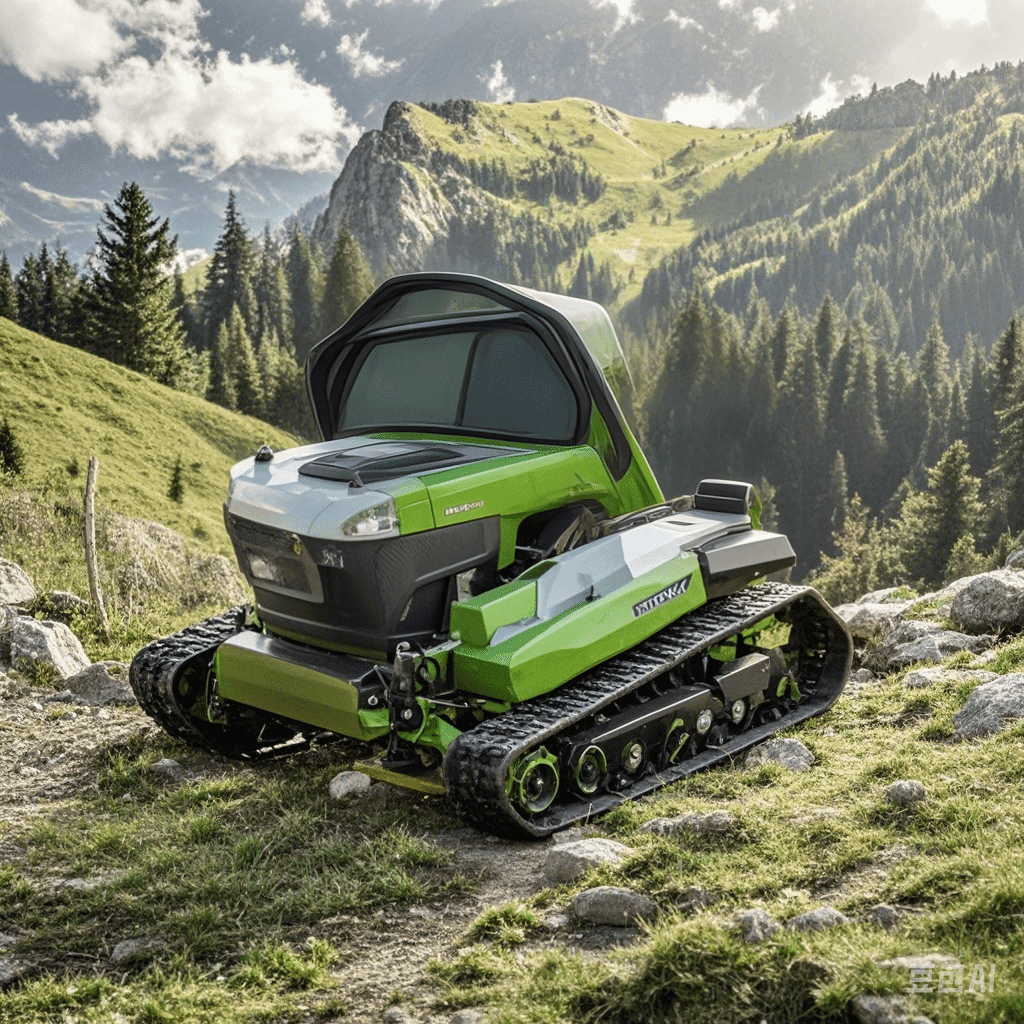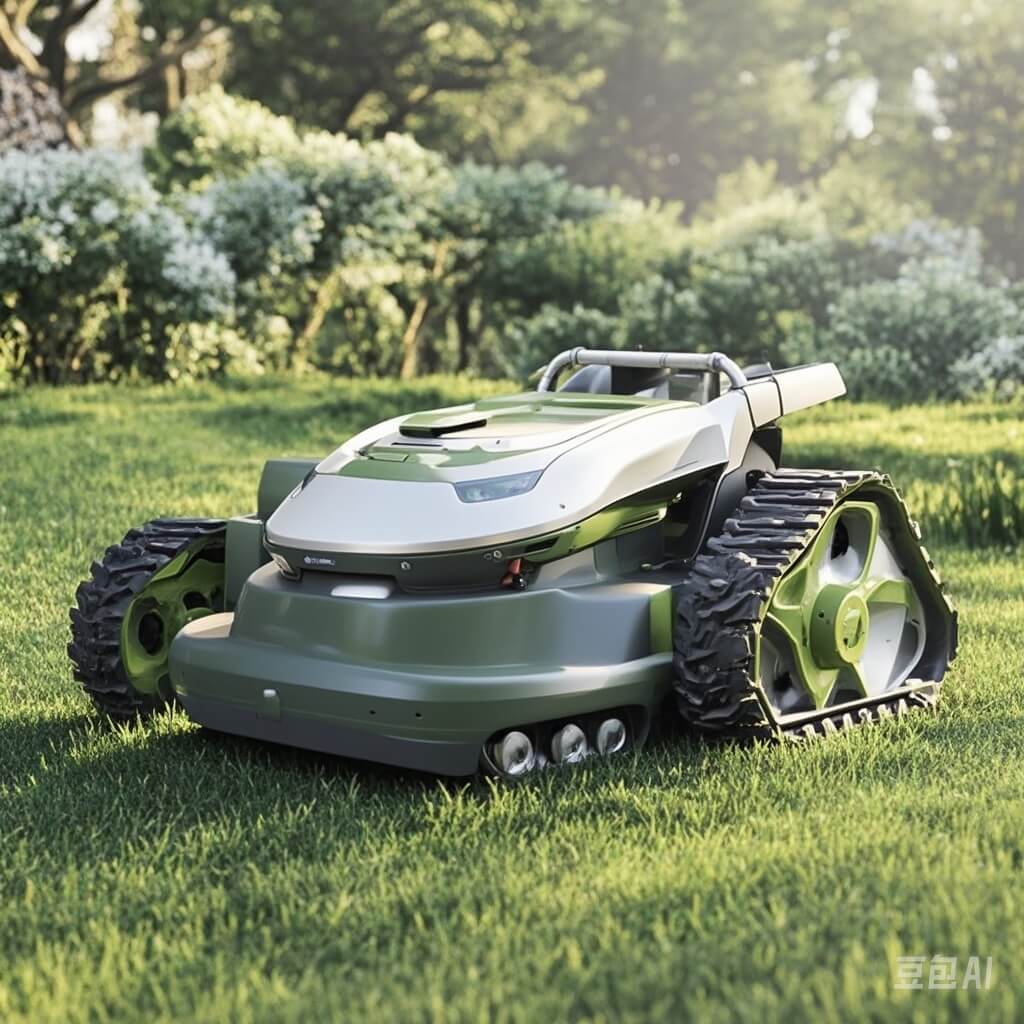No products in the cart.


Automatic pesticide sprayers, featuring a spraying height of 6-12 meters, built-in battery, and remote mobility, have emerged as critical tools in transforming agricultural practices, garden maintenance, and urban greening initiatives. This paper delves into the significance of these sprayers, highlighting their versatility, environmental impact, and the customizable power system offering gasoline or diesel engine options, with an emphasis on adaptability and efficiency in pesticide application.

1. Introduction: The integration of automatic pesticide sprayers has revolutionized pesticide application in gardens, agricultural fields, and urban green spaces. The design, incorporating a spraying height of 6-12 meters, built-in battery, and remote mobility, offers a solution for effective and efficient pesticide application. The customizable power system, featuring gasoline or diesel engines, adds a layer of adaptability that caters to the diverse needs of users.
2. Versatility in Usage Scenarios: The application of automatic pesticide sprayers extends across gardens, agriculture, and urban greening initiatives. In gardens, these sprayers facilitate precise and targeted pesticide application, ensuring the health of plants and minimizing environmental impact. In agriculture, the ability to cover vast fields remotely enhances efficiency and reduces manual labor. Urban greening projects benefit from the sprayers’ ability to maintain green spaces without disrupting the urban environment.
3. Spraying Height and Precision: The optimal spraying height of 6-12 meters provides a versatile solution for various crops and green spaces. This range ensures effective coverage while minimizing wastage and environmental contamination. The precision offered by these sprayers contributes to the judicious use of pesticides, aligning with sustainable and environmentally friendly agricultural and gardening practices.
4. Built-in Battery and Remote Mobility: Equipped with a built-in battery, automatic pesticide sprayers offer the advantage of mobility without reliance on external power sources. The remote mobility feature allows operators to navigate through fields, gardens, or urban areas, ensuring precise pesticide application without the need for manual intervention. This increases operational efficiency and reduces the environmental impact associated with traditional spraying methods.
5. Customizable Power System: The inclusion of a customizable power system, with options for gasoline or diesel engines, provides users with the flexibility to choose the engine type that best suits their needs. The 18-horsepower intensity ensures sufficient power for effective pesticide application. This customization allows users to tailor the sprayer to their specific requirements, optimizing performance and resource utilization.
6. Environmental Considerations: Automatic pesticide sprayers contribute to environmentally conscious practices by minimizing pesticide runoff and reducing overall pesticide usage. The ability to customize the power system allows users to align their equipment with sustainable and eco-friendly preferences, fostering a balance between effective pesticide application and environmental stewardship.
7. Conclusion: In conclusion, the integration of automatic pesticide sprayers with customizable power systems, built-in batteries, and remote mobility has significantly impacted agricultural practices, gardening, and urban greening initiatives. These versatile tools offer precision, efficiency, and adaptability, catering to a range of usage scenarios. The customizable power options, with 18-horsepower intensity, underscore the commitment to meeting diverse user needs while promoting sustainable and environmentally friendly pesticide application practices. The advancements in automatic pesticide sprayers contribute to a more efficient, precise, and environmentally conscious pesticide spraying in a variety of settings.




Not only will we redefine our customers’ business models, but we will also redefine the OEM-dealer relationship, in other words, we will always have your back.